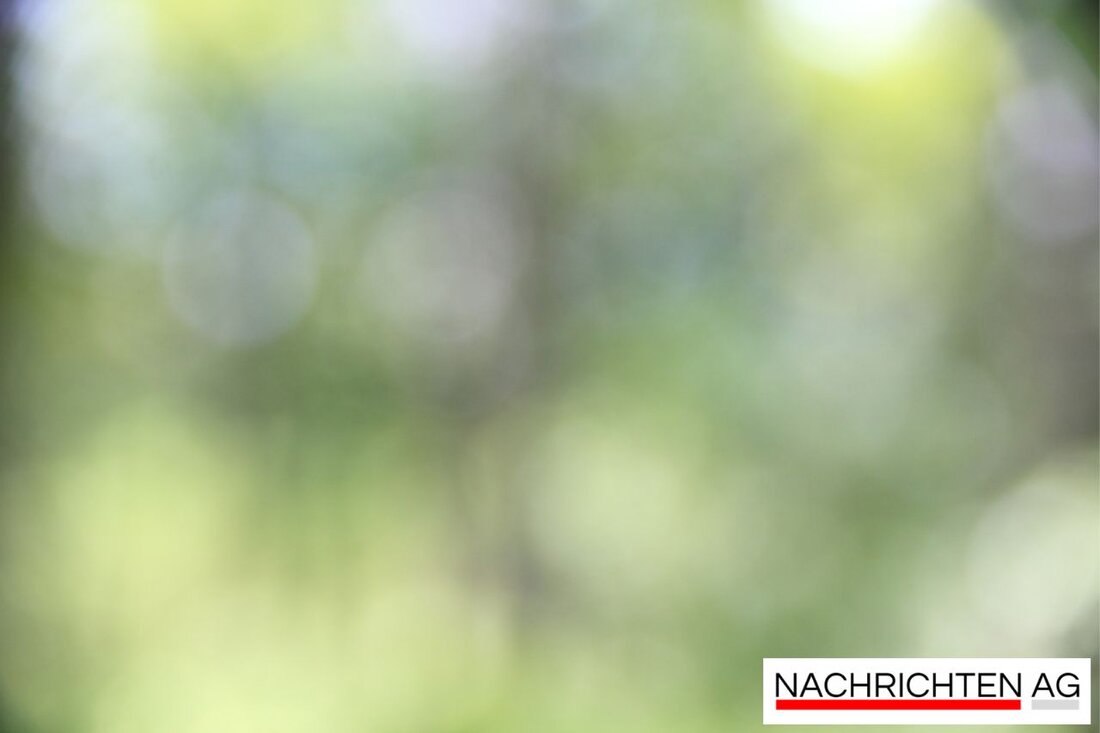Revolutionary rhenium therapy: defeat skin cancer without pain!
Discover the latest developments in the treatment of non-melanoma skin cancer, including the innovative Rhenium SCT therapy.

Revolutionary rhenium therapy: defeat skin cancer without pain!
The skin is our largest organ and is very popular in the warm months. But the sun can also have its dark side. Up to three million cases of non-melanoma skin cancer (NMSC) are reported annually worldwide, including both basal cell carcinoma (BCC) and squamous cell carcinoma (SCC). This reported news.at. Experts suspect that the actual frequency of the diseases is even higher. A look at the statistics shows that Australia has a particularly high incidence with over 1,000 cases per 100,000 people per year.
The risk factor of UV radiation repeatedly draws attention. This is not only responsible for the increasing skin cancer rates, but also the main cause of NMSC. Another alarming trend is the increase in skin cancer diagnoses in Germany. According to the BARMER Doctors' Report 2025, the number of diagnoses has increased significantly since 2005, with cases of white skin cancer almost tripling and melanomas more than doubling. Skin Cancer Network emphasizes that those born after the end of the 1950s are particularly affected.
Development and treatment options
What to do about this trend? The treatment options for NMSC are varied: from surgery and immune treatments to special creams and chemotherapy. New to the game is rhenium skin cancer therapy (rhenium-SCT), which uses rhenium-188. This innovative therapy emits beta radiation that penetrates only two to three millimeters deep into the tissue. The treatment takes place over a period of 30 to 180 minutes and shows promising results: In an interim evaluation of a study with 140 patients, 94.1 percent of the treated carcinomas disappeared completely after one year news.at reported.
The age structure of the patients is also interesting at this point: The results show that the study was particularly focused on flat basal or squamous cell carcinomas that were no thicker than three millimeters and no larger than eight square centimeters. The basic tolerability of rhenium SCT is good, with only transient inflammatory reactions reminiscent of sunburn.
Chances of survival and risk factors
In Germany, around 209,000 people were diagnosed with non-melanotic skin cancer in 2020, with women (96,400) and men (112,300) being roughly evenly distributed. The standardized disease rates show that women are significantly affected at 123.5 and men at 157.6 per 100,000, as the data from krebdaten.de betrayed. These disease rates have increased in recent decades due to increased UV exposure and increased sunbathing.
People with light skin and those who are frequently exposed to sunburns are particularly at risk. However, through massive sun protection and conscious use of UV radiation, a positive trend could be seen: the risk of skin cancer appears to be decreasing in people born after 1980. Nevertheless, the focus remains on prevention and regular skin cancer screening in order to address the problem in a timely manner.

 Suche
Suche
 Mein Konto
Mein Konto